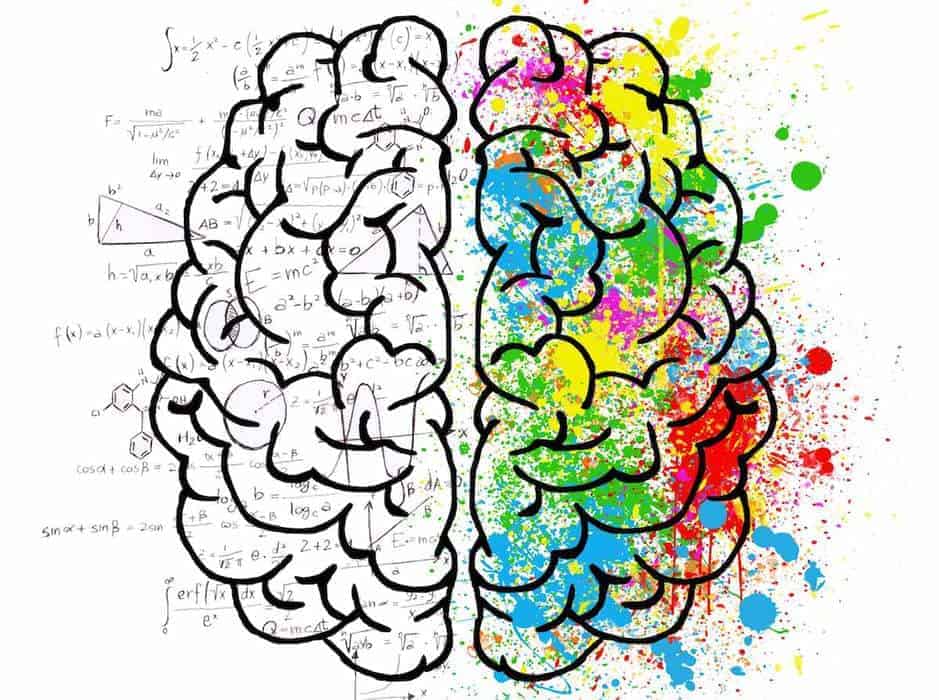Creative people don’t just come up with new ideas on the fly — they also use a specific brain network that uses a combination of regions of the brain that don’t normally work together, according to a recent study.
The study suggests that creative individuals are those who often have a strong connectivity between the different regions, creating a specific brain connectivity profile.

Dubbed as a “high-creative network,” creative brains engage three different networks within the brain at once to generate original ideas and thoughts. Roger Beaty, lead author and post-doctoral fellow at Harvard University, said the networks, known as the default network, the executive control network and the salience network, don’t usually work together.
“When the executive network is activated, the default network is usually deactivated,” Beaty wrote for The Conversation. “Our results suggest that creative people are better able to co-activate brain networks that usually work separately.”
The study had 163 people participate in an alternate uses task that asked them to brainstorm new uses for everyday items. While participating, the participants also completed functional magnetic resonance imaging (fMRI) scans that measured blood flow within the brain, Beaty said.
“The task assesses people’s ability to diverge from the common uses of an object. For example, in the study, we showed participants different objects on a screen, such as a gum wrapper or a sock, and asked [participants] to come up with creative ways to use them,” he said. “Some ideas were more creative than others. For the sock, one participant suggested using it to warm your feet – the common use for a sock – while another participant suggested using it as a water filtration system.”
Related: Your Creativity Could Affect How Much You Sleep
Beaty said participants were scored for originality, with common uses for the items receiving lower scores than those who suggested uncommon uses. The researchers then cross referenced the creativity scores with all the possible brain connections, removing connections that didn’t relate to the creativity scores.
“The remaining connections constituted a ‘high-creative’ network, a set of connections highly relevant to generating original ideas,” Beaty said. “We measured the strength of a person’s connections in this network, and then used predictive modeling to test whether we could estimate a person’s creativity score.”
The predicted scores were relatively indicative of how creative an individual’s ideas would be, Beaty said. The team tested their predictions across three new samples with individuals whose brain data wasn’t originally used to identify the brain networks.
“Our findings indicate that the creative brain is ‘wired’ differently and that creative people are better able to engage brain systems that don’t typically work together,” Beaty said. “Interestingly, the results are consistent with recent fMRI studies of professional artists, including jazz musicians improvising melodies, poets writing new lines of poetry and visual artists sketching ideas for a book cover.”
Beaty said additional research would be needed to understand the networks within the brain and to understand how creativity can be engaged.
Related: Here’s What Happens in Your Brain When You Talk Politics
Tori Linville is a freelance writer and editor from Clarksville, Tennessee. When she isn’t writing or teaching, she’s faithfully watching her alma mater, the University of Alabama, dominate the football field.


![How To: ‘Fix’ Crepey Skin [Watch]](https://cdn.vitalupdates.com/wp-content/uploads/2017/05/bhmdad.png)












